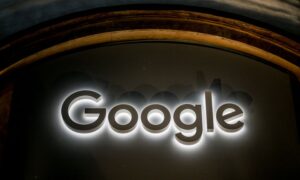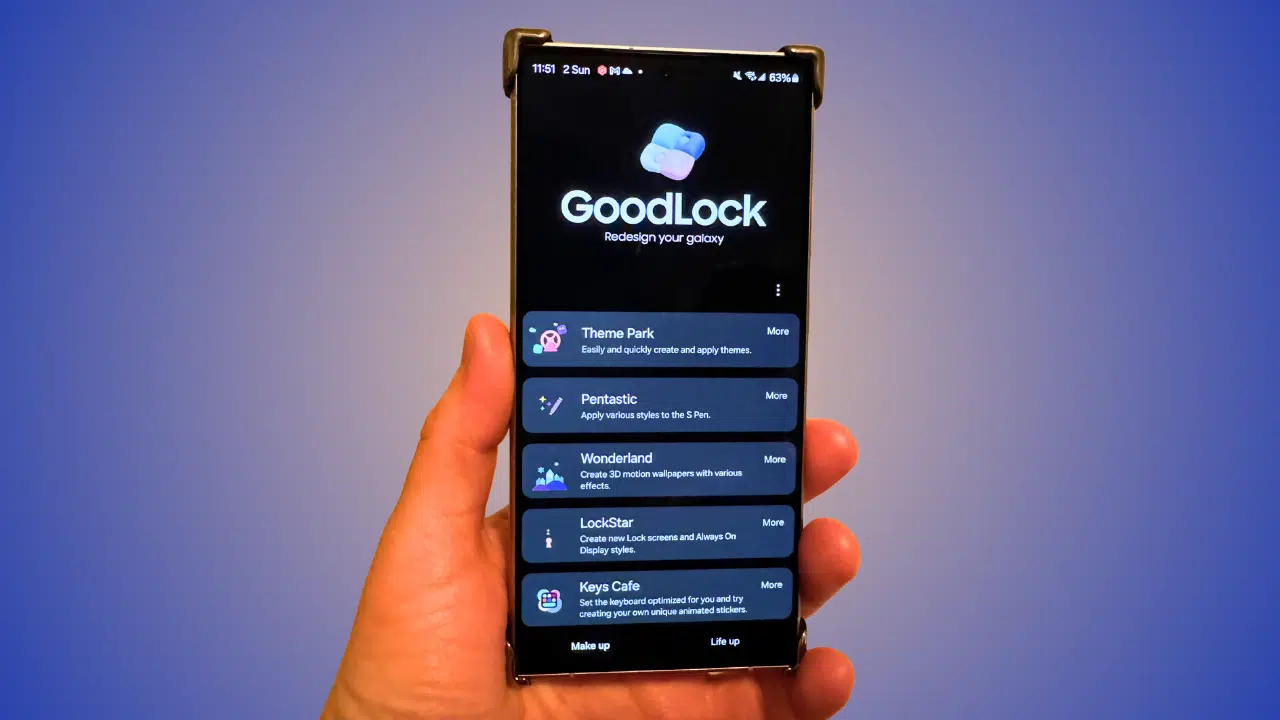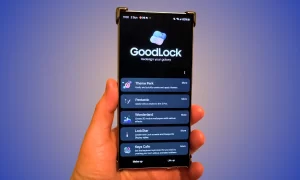According to the latest report, Google energy director Michael Terrell said that with the overall Internet usage and business growth, the company’s electricity consumption is also growing.
At the same time, Google has set a very aggressive goal of using 100% carbon-free energy by 2030 — as Sundar Pichai, CEO of Google’s parent company Alphabet, put it. “Humanity’s Next Moon Goal”.
Join tip3x on Telegram
Currently, Google’s data centers around the world use about twice as much electricity as the city of San Francisco. In 2020, Google used a total of 15.5 terawatt-hours of electricity, most of which was used in its data centers.
Since 2007, Google has claimed that the company has been carbon neutral, meaning that Google has purchased the same amount of carbon offsets and renewable energy, resulting in zero net operating carbon emissions for the company.
The next goal Google plans to achieve by 2030 is to use carbon-free energy 24/7, that is, every hour of every day, using carbon-free electricity purchased from a nearby regional grid. Pichai has previously admitted that the goal puts him under pressure.
Power usage efficiency
To achieve these goals, Google’s data centers must be ultra-efficient and provide clean energy, according to Maud Texier, Google’s head of data center energy development.
One measure Google focuses on is PUE, or power usage efficiency, which is calculated by dividing the amount of electricity used by computer data centers by the total amount of electricity used by computing devices.
According to the most recent data released by Google, the PUE in the second quarter of 2021 was 1.1. By comparison, Google points to research showing that the average PUE for large data centers around the world is 1.57, according to the Uptime Institute’s 2021 Data Center Survey.
Tessier said that in order to reduce PUE, Google has made efforts in both hardware and software development. In hardware development, Google is investing in new materials for its servers, specifically looking for materials that dissipate less heat. Google, meanwhile, used a machine-learning program developed by its artificial intelligence unit, DeepMind, to predict the most efficient time to run heat pumps to cool its data centers.

The tougher challenge: a clean global grid
In addition to power usage efficiency, how the power is generated for the operation of the data center is also important. With that in mind, when Google selects a site for a data center, the company considers the source of grid power.
Moreover, Tessier said that if the grids where Google plans to build data centers aren’t clean enough, there must be a “way to influence and accelerate” the transition to cleaner energy on regional grids.
But Google can’t drive change in the grid alone. “It’s more about how do we build momentum (for grid change), how do we make changes at the system level to really drive the transition of the grid so that we can really achieve 24/7. I think that’s where we put this That’s why it’s called the goal of the next decade,” Tessier said.
Furthermore, there are signs that this momentum is building. Tessier said demand for off-the-shelf green solutions is increasing as more companies make climate commitments. In the past five to ten years, the conversation about sustainability has changed, she said. Now, Google’s cloud customers ask questions like, “What are you doing in terms of sustainability? Can you meet our internal goals?”
Tessier pointed out that this means that being able to provide green computing products is a “must-have”. “Honestly, I think it’s the best market signal we can get,” she added. Terrell said the goal of 24/7 access to carbon-free energy is difficult to achieve, but it is not a “pipe dream”. “This goal builds on more than a decade of work at Google and our engineers and employees in the global energy sector, and we’ve learned a lot along the way,” he noted.
Google, for example, has learned how to deploy wind and solar power at scale and how to work with governments on public policy. Terrell said: “We don’t know exactly which way it’s going, but we know enough from the work we’ve done to think it’s possible and for what we’re doing to make it happen,” Terrell said excited about the goal.”


















